Disclosure: Meeple Mountain received a free copy of this product in exchange for an honest, unbiased review. This review is not intended to be an endorsement.
Overview
Trade in your swords and shields for rocket boots and laser blasters. The same enjoyable mechanics that made the original Clank! so much fun to play carry over into space. The basic premise is the same, players take the mantle of an interloper looking to burgle goods from a perilous destination. Building your deck throughout the course of the adventure, increasing your likelihood of getting greater treasures but also of incurring the wrath of Eradikus, the intrepid adventurers make their way through a spaceship fraught with danger at every step.
Setup and Building Your Deck
Unlike the double-sided gameboard in Clank!, In! Space! utilizes dual-sided modular pieces that allow a more customizable experience. Mixing and matching the sides allows for varied difficulty and unpredictability; something that was lacking from the original game (although the two-sided board did add some variance) but is gladly a part of this experience. Much like in Clank!, we put on all the artifacts, secrets (of the minor and major variety) and set up the market and bank. Falling in the category of ‘if it ain’t broke’, this provides a nice continuity in set up.

Instead of an angry dragon ready to breath mighty flame at the noisy invaders, an angry AI named Lord Eradikus is ready to fry at the slightest sound made on his ship. Everyone begins with 10 starting cards that provide basic movement or the unfortunate-yet-necessary Stumble card to generate CLANK. If you’re never played Clank!, once you’re done with this review go directly to your nearest FLGS and pick up a copy.
(cue promotional ad music)
“Are you trying to get your family or friends into playing Boardgames? Are they tired of you trying to endlessly convince them that games ‘aren’t what they remember from being a kid’ and ‘they’re different now’ but no one tends to agree on one that doesn’t involve the generation of lumber/sheep/wheat? Then look no further! Go to the game shop, ask for Clank!, come home and lead your friends and/or family on a deckbuilding adventure they’ll want to play time and again!”
Brought to you by Scott’s blatant promotional advertising for pre-existing games. We now return you to our regularly scheduled review.
Rage Track
Once everyone has shuffled their 10 cards, they place their pawn on the starting space and then make the determination who goes first. The manual suggests the sneakiest player, but I recommend the player who most recently has gone to space! In ascending order, player 1 places 3 black Clank cubes in the Clank area/rage, then player 2 places 2 cubes and so on. Clank cubes are what will determine the likelihood the player is of being detected by Eradikus.
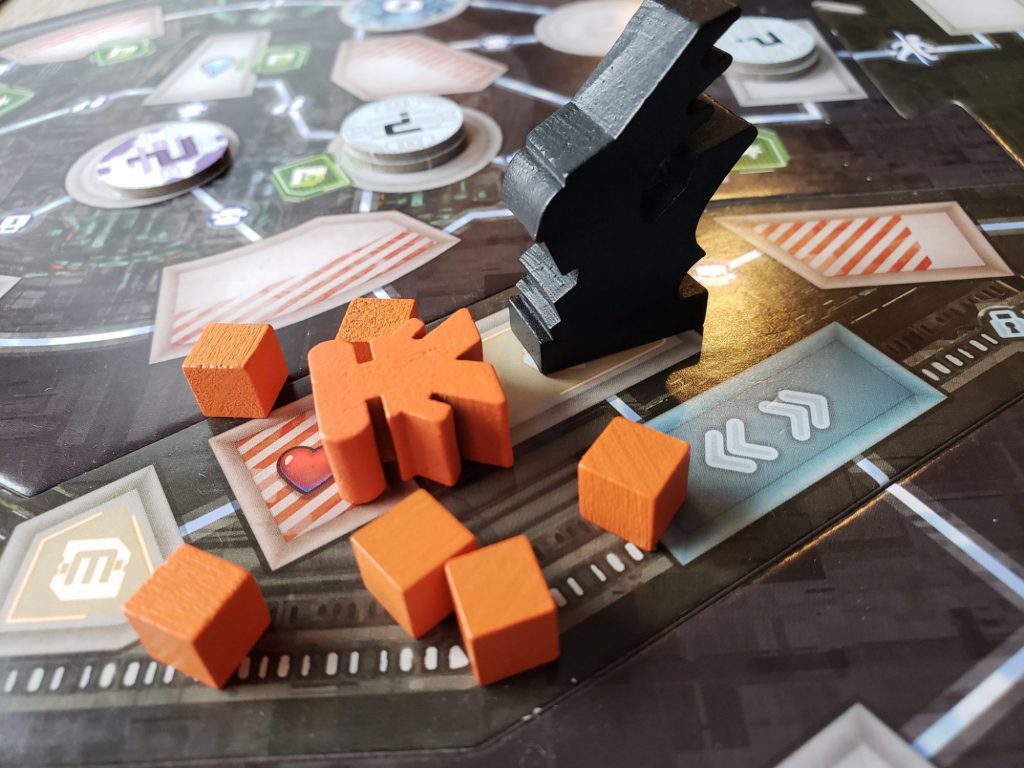
In addition to the Clank cubes, there are four Bounty Hunters (they are added to the Clank bag later for extra awfulness) and there’s also a Blockade token which we’ll get to in a bit, but I promise you it’s awful/awesome. Depending on the number of players you have in the game, you place the Lord Eradikus marker on the rage track, and different actions move him up the track.
General Play
The Adventure deck provides the core actions play throughout the game (the cards the players will be working with/against throughout their turn) 6 cards are drawn from this deck and placed in what will be called in the Adventure Row. During their turns, players will use their 5 cards to pick up or defeat any of the cards in this row. Below the Adventure Row is the Reserve, which has a series of cards players can obtain or defeat in lieu of any of the cards in the adventure row.
These are the G0B-L1N (a low-level enemy), FAZR, Boldly Go and Memory Core cards. Each of these has benefit (Swords, Boots and treasure points for the end game), so they certainly have a use. The G0B-L1N is useful if players need a single credit or want to avoid any of the cards in the Adventure Row. Certainly not necessary to ever even touch the Reserve, but it’s another strategic option I usually forget about until halfway through the game.
Now that everyone’s in starting positions, it’s time to get sneaky!
The Action
In turn order, each player will play 5 cards drawn from their deck (small to start, but grows substantially over time) As the game progresses, this has its benefit and its peril. With each more powerful card you may pick up along the way, you’ll also draw cards that are enemies and/or have the dreaded Eradikus icon in its frame on the card. Most of the cards you’ll draw are to help you to move or have resources used for the turn.
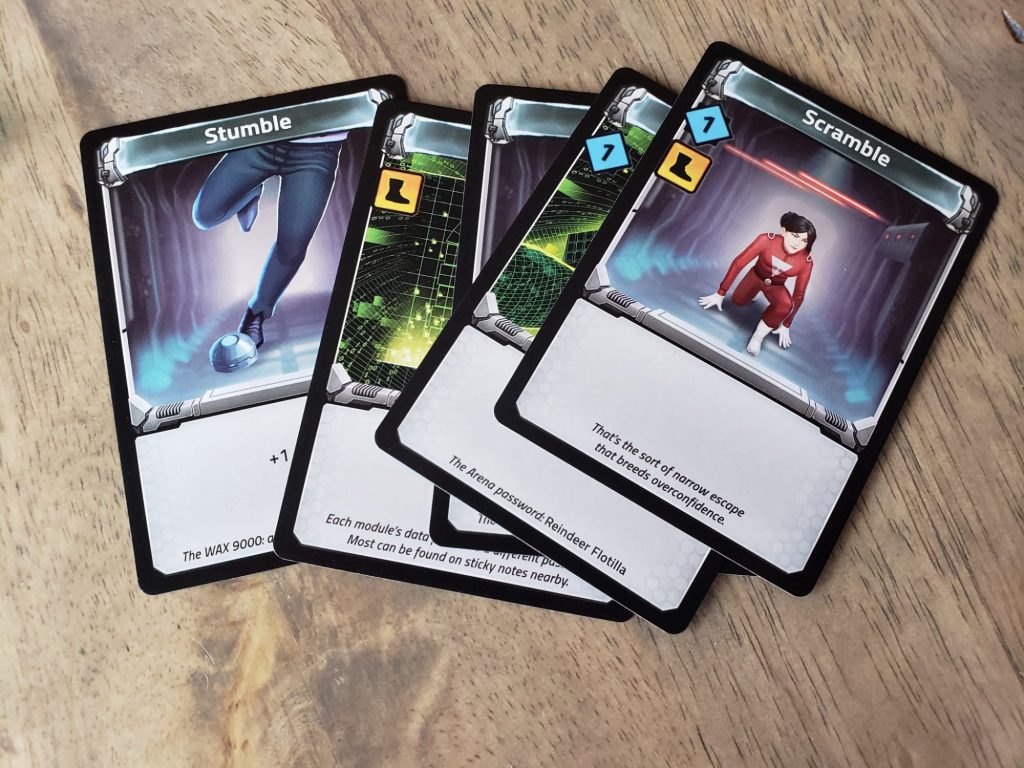
There are 3 resources in the game, one or all of them may appear on a single card. They will help you determine how you will play your turn.
Skill: the number of cards you can acquire for your deck; each of the cards you can acquire have a Blue banner on them.
Swords: Not just any swords, but LASER swords used to defeat enemies. Every enemy has a number of Sword icons on the bottom of the card frame, and enemy cards have a red Banner.
Boots: each boot icon represent a single move around the ship, some cards have multiple boots
Cards are played in any order, which can be incredibly helpful as you will want to lay down cards that have Swords in order to defeat the later card in your hand that needs defeating later. There’s no passing or holding cards over for the next turn, so you have to play everything in your hand.
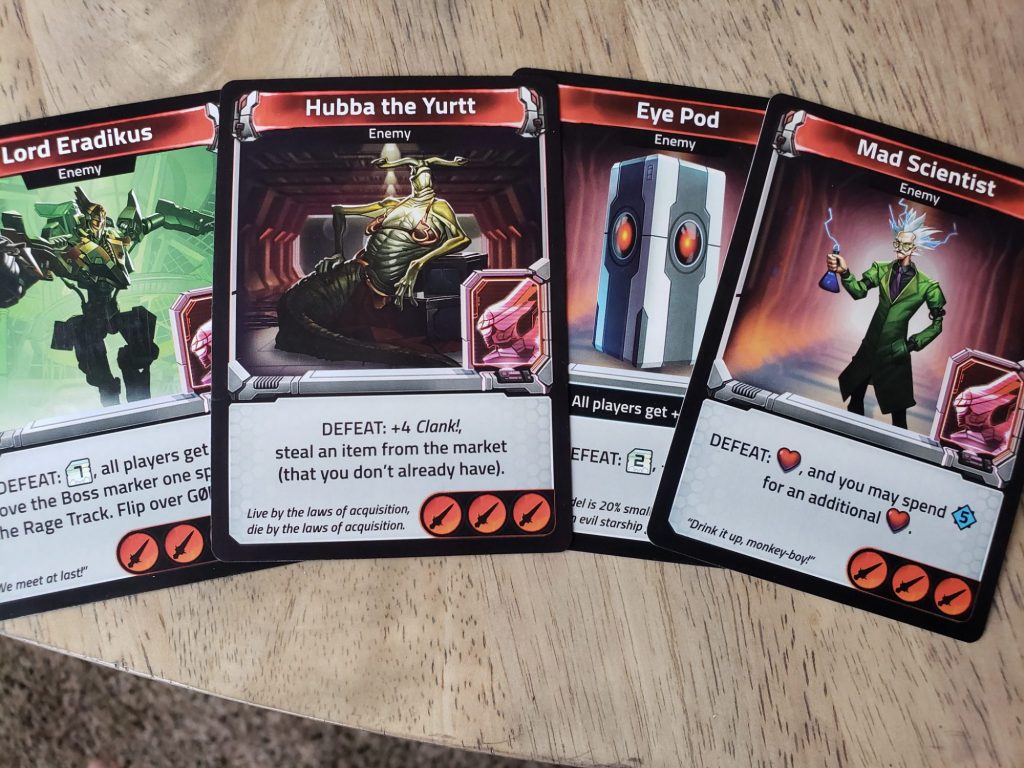
Moving throughout the spaceship can yield rewards, if you move over a space that has an Artifact you can pick it up, but you can only take one. The Artifacts with the higher points are in harder to reach spaces, so they come with their own risk. Every time an Artifact is taken, the Eradikus marker on the Rage Track. Some spaces allow you to buy from a market, 7 credits to purchase and you can only have one of each type.
There are also hyperlifts and telepads throughout the ship, making movement easier if you are able to access them. Not that accessing them is easy, as some are behind a lock which requires a Master Key (which obtaining further enrages Eradikus up the Rage Track) All of the artifacts are locked behind a force field, which requires placing your data cube in 2 separate data ports.
Other parts of the ship, when entering, have a bonus of obtaining credits or minor/major secrets. Each one of these gives you a temporary boost of money, health or other items. Health. I totally forgot health!
Setup, Health (Cause I forgot)
Along with setting up the Eradikus marker and the player pawns, each player takes one of their cubes and places it on their respective health track. Every time they take damage, they move the cube up the number of points of damage on the health track. If they reach the end of their track before the end of the game, they are knocked out and are unable to complete the journey.

Back to the Action
Where was I? Oh yeah! So on every turn, players move throughout the ship using the movement cards, trying to obtain items to help them along the way. But not every card is your friend! Some cards have Clank! you have to add, and since every card you draw has to be played, there’s no way around it. If a played card does add Clank, the player takes more of their cubes and places them in the Clank area.
After an enemy card is drawn with the Eradikus symbol, Lord E attacks! Someone gathers up all the cubes in the Clank area, puts them in the bag. Shake up the bag and draw the number of cubes respective to the Eradikus marker on the Rage Track (2 cubes, 3 cubes, et al) You could get lucky and draw all black cubes. Or you draw cubes of your color, and take the respective damage on your Health track. See? That health stuff does come up!
As I mentioned, the Rage Track indicates how many cubes are drawn when Eradikus attacks. But as the players get higher and higher on the track, more peril ensues. The Bounty Hunters (3 spaces from the top) are dispatched when the Boss Marker is on that Rage Level. The Bounty Hunter cube is also placed in the bag, represented as a red cube. If those cubes are drawn, everyone takes damage. Yikes!
So Scott…Is Clank! In! Space! Good?
The short answer: Yes. The long answer: Oh, heck yes! Look, it’s just a fun game with a lot of replayability and differing mechanisms to introduce new players to the game as well as provide substantial enjoyment to seasoned players. Will someone who lives and dies by a heavy euro only enjoy this? Probably not, but that’s ok. It’s just complex enough to make you feel like you’re catching on to something complex, but not so much so that it causes frustration with the more beginning players.
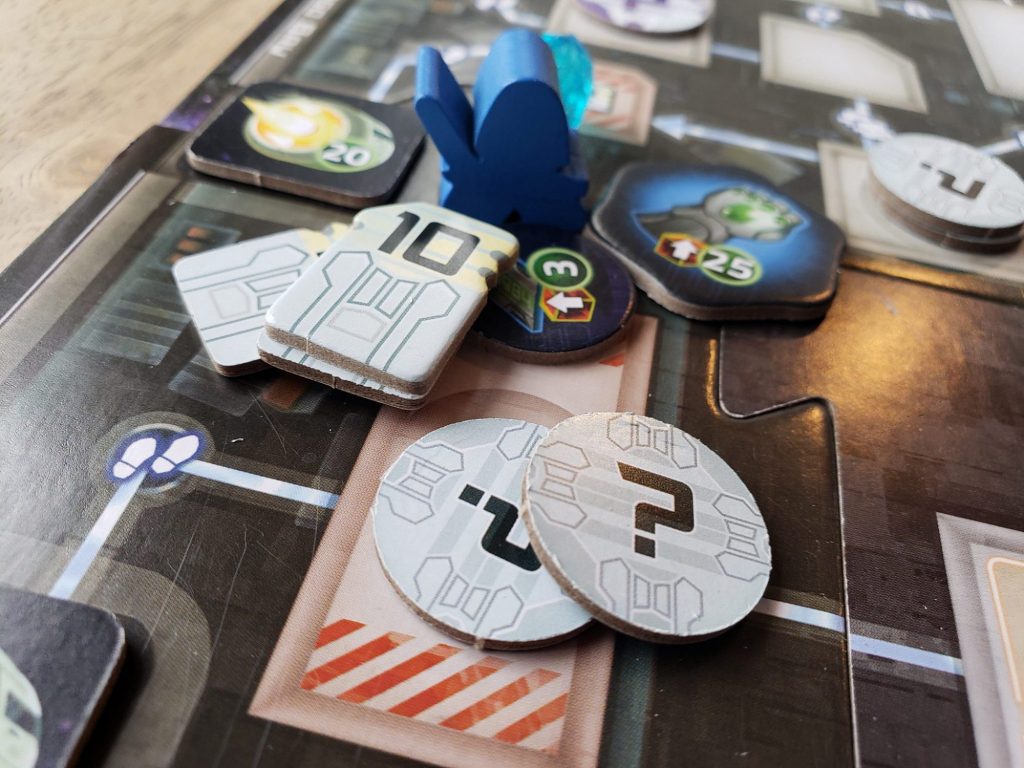
What improves this over the original Clank! to me is the modular boards, allowing a more variable experience. I’m not particularly a fan of the luck of the draw, but in these games it absolutely works for me. Means the game will never go the same way twice, you’ll never get the same minor/major Secrets in the same places, won’t always use the same strategies twice because you’re unlikely to get the same cards in another play (at least until a few plays)
The flavor text of the cards is littered with pop culture hilarity, with call backs to Aliens, 2001, The Terminator, you name the sci-fi property it will surely has its corollary in the game. It plays quickly, it plays briskly, and it’s just a fantastic time. I cannot recommend it enough. I can’t get enough of it! I mean, Clank! had a bunch of expansions, I can only hope they do so for Clank!
(shuffles some papers around)
Oh, wait! Stay tuned for my review of Clank! In! Space! Apocalypse!
Read more Clank! reviews.
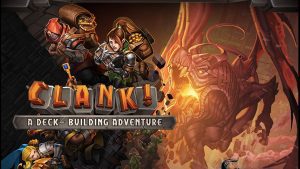 Clank! A Deck-Building Adventure Game Review |
 Clank! Mummy’s Curse & Sunken Treasures Expansions Review |




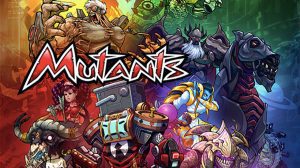
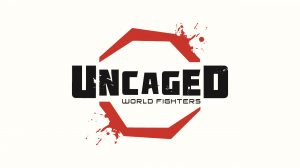
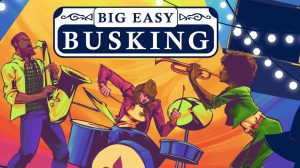
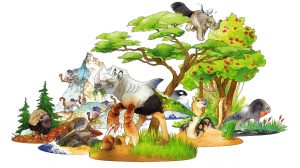




Add Comment